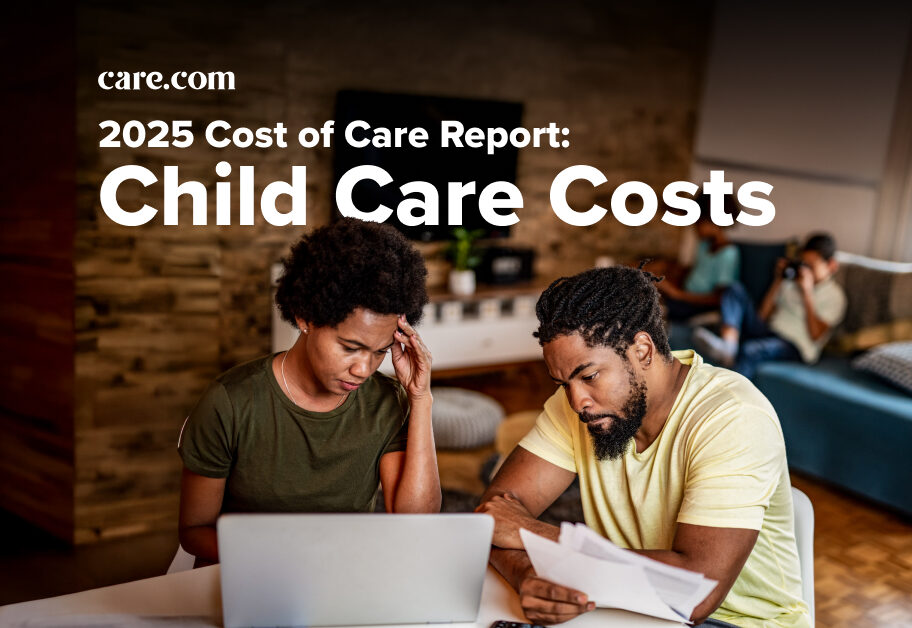In this article
You just bought your tween daughter a new pair of jeans, and now they’re too short. It can be shocking how quickly girls can start outgrowing their clothes in the tween and teen years. So how do parents of girls keep up? With every trip to the mall to replace an outgrown outfit, you’re probably wondering, “When do girls stop growing?”
Find out what experts say you can expect as your little darling grows from a toddling child into a strong young woman.
Physical changes during puberty
Puberty doesn’t usually arrive without causing a little commotion. If you’re a parent to a girl, there are several clues that can help you gauge its impending arrival.
“Hormones are raging during this time,” says Dr. Mark Gettleman, a pediatrician and the founder of Just Kids Pediatrics. “So mood swings and emotional lability are common. Girls will experience breast development, pubic hair, underarm hair and menarche as puberty progresses.”
How does puberty affect growth in girls?
The onset of puberty for girls arrives in a big swirl of change, and the growth spurt is often just the beginning.
“Girls will begin their growth spurt one year or so prior to beginning their period,” says Dr. Natasha Burgert, a general pediatrician and the founder of KC Kids Doc.
“The growth spurt is the result of hormonal surges, as is the entire progression of puberty,” Gettleman says.
What role do genetics play in height?
While you can’t fully predict the age your child will begin puberty, a good indication is her mother’s age of first menstruation. Genetic factors play a role in onset of puberty so if you were an early or late bloomer, odds are your daughter may follow suit.
When do girls stop growing?
“While the age is variable — and driven by genetics — girls will usually stop growing earlier than boys, around age 11 or 12,” says Burgert.
“While the age is variable — and driven by genetics — girls will usually stop growing earlier than boys, around age 11 or 12.”
— Dr. Natasha Burgert, pediatrician
Girls tend to pass through puberty and their growth phase at a much faster rate, as compared to boys. It starts earlier and then slows down after menarche, according to the American Academy of Pediatrics (AAP). Girls can grow about two inches each year, and then there is often no significant growth post-menarche.
“A female growth spurt happens fast and then it is over,” says Burgert.
That is, most of the growth happens before girls get their period, and then they might gain another inch or two, but that’s it.
At what age do girls stop growing? Most will reach their full adult height between the ages of 15 and 17, depending on when puberty began.
What else to expect during puberty
Heightened clumsiness
Does it seem like your new teen is constantly tripping over her own two feet? Don’t worry if your once graceful preteen seems to stumble more frequently — clumsiness comes with the territory, according to Gettleman.
“During a growth spurt, the head, hands and feet are the first things to grow, followed by growth in the arms and legs,” he says. “And finally the torso and shoulders catch up with the rest of the body.”
“During a growth spurt, the head, hands and feet are the first things to grow, followed by growth in the arms and legs.”
— Dr. Mark Gettleman, pediatrician
This is why adolescents typically go through an awkward, clumsy stage. Rest assured, her coordination will return once the body has caught up with those growing feet, arms and legs.
More sleep needed
You may also notice a greater need for sleep during the teen years. It’s OK to let her sleep in on the weekends. In fact, experts agree that your growing teenager needs more sleep than ever, so let her get some extra zzz’s whenever she can.
Increased appetite
Finally, make sure to keep healthy snacks on hand, as she is sure to experience an increase in appetite.
“Nutrition is very important during the puberty and growth process,” says Gettleman. “Taking in good calories (and more of them) is needed, along with plenty of calcium and iron in menstruating girls. Also avoid carbonated drinks, which can leach calcium from growing bones.”
Though females follow a more predictable growth pattern than males, it’s important to remember each individual will develop at their own pace, so try not to stress if your child seems to be out of the norm compared to her friends.
“If you have concerns about your child’s growth or height, talk to your pediatrician during the grade school years,” Burgert says. “Once they hit high school it’s too late for interventions if growth problems exist. Also, if your daughter hasn’t started her period by age 16, mention it to your doctor.”
Puberty is an exciting — albeit challenging — time in your child’s life. As a parent, you get to sit back and weather the storm as you help her make her final transformation into adulthood.





